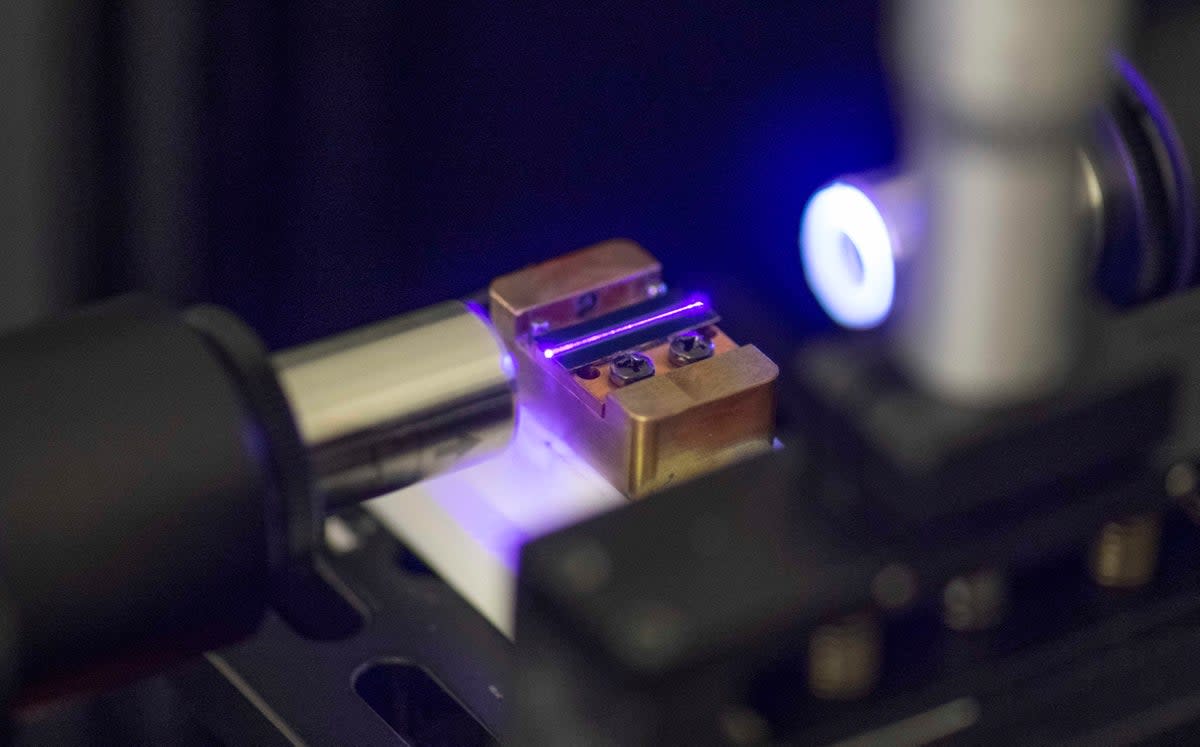Quantum breakthrough allows for astonishing computing performance, scientists say

A new quantum processor allows for astonishing levels of computing performance, scientists say.
The “quantum photonic processor” takes just 36 microseconds to do a task that would require more than 9,000 years on a traditional supercomputer, the researchers behind it say.
They hope that it marks an important step towards creating quantum processors, as well as representing a major proof of the value of such photonic devices.
One of the big aims for such technology is to prove “quantum advantage”, where a quantum computer is able to outperform classical systems. Despite the grand hopes for quantum computers, there have only been very few tasks where that has happened so far.
That means that full quantum computers still remain some way off. But by demonstrating them in specific tasks, scientists hope to work towards building the technologies that could one day make them possibkle.
One such task is known as “Gaussian boson sampling”, and involves working out the probability distribution of photons in a network. That sets a target because there is a limit of photons, at which classical computers are simply unable to calculate in a reasonable amount of time.
Previous experiments using that technique have set a measure of 113 photons as they spread through a network of mirrors and lenses. In the new study, researchers used a processor called Borealis that was able to detect up to 219 photons.
The idea of quantum advantage remains diffuse, and there is no agreed on definition of what it might actually mean. What’s more, classical computers are advancing all the time, meaning that the threshold is constantly changing, too.
But in an accompanying article, outside expert Daniel Jost Brod said that the new breakthrough is a “leap forward for quantum physics in this race” between the two technologies.
“It also solves technological challenges that might put us ahead in the longer race towards viable quantum computers, and that are likely to prove useful for other aspects of quantum information processing,” he writes.
The breakthrough is described in a new paper, ‘Quantum computational advantage with a programmable photonic processor’, published in Nature today.

